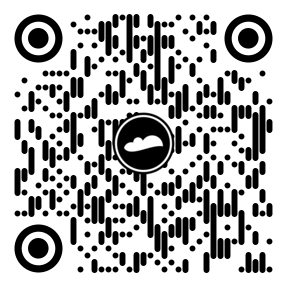Watch Out for Fake Security Alerts!
Beware of those Bogus Security Alerts!
Imagine that you suddenly get a pop-up or an email with information that your computer is in danger and that you should click on a link to "fix the problem." It looks very official, even urgent—but it is a scam to trick you into downloading malware or giving away your personal information.
What are Fake Security Alerts?
Fake security alerts are a form of fraudulent warning that may come in the form of authentic notifications from your antivirus software, OS, or some other trusted source. Such alerts often consist of alarming language and a feeling of urgency, nudging you into immediate, unsafe action.
Why Recognize Fake Security Alerts?
Scammers try to instill fear and a sense of urgency, causing people to act fast without really thinking it over. It is vital to avoid these fake security alerts, as one click can turn them into malware, compromising data theft or unauthorized entry to accounts.
How to Identify Fake Security Alerts:
- Source Check: Check the sender's email address or the URL of the website. The authentic alerts are delivered from official sources, not from any suspicious addresses.
- Watch out for this: alerts with extreme scare tactics, poor grammar, or unusual phrasing. Real companies use professional-sounding language.
- Avoid immediate actions: If it's a real security warning, then there is rarely a need to take an action in that moment. Take a second to think, and then try verifying the alert before clicking on anything.
- Cross-Check: If in doubt, contact your IT department or the security software provider directly through official channels to verify whether the alert is genuine.
How to Stay Safe:
- Use Known Security Software: Make sure your antivirus and other security software are from a known company, and keep them current.
- Turn On Pop-Up Blockers: This will reduce the amount of fake alerts you will receive due to browsing.
- Educate Your Team: Spread awareness among your peers regarding the risks of fake security alerts and how to identify them.
“Stay cool, stay tuned, and stay safe. Identifying the fake security alerts is your first step toward keeping your digital life secure.”
Scan the QR Code below to get your DREAMPOINTS!
